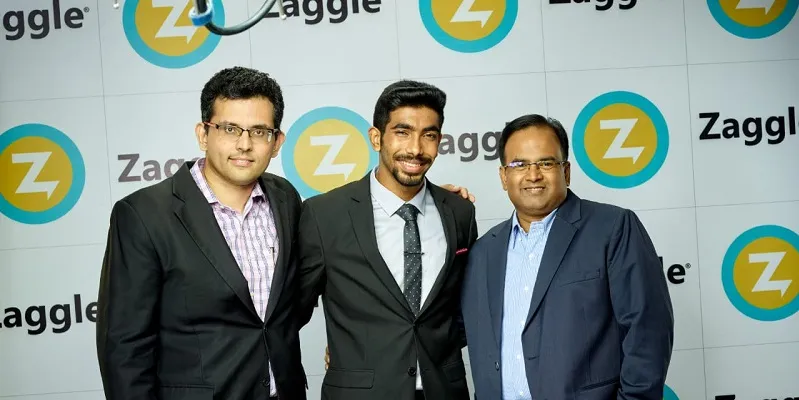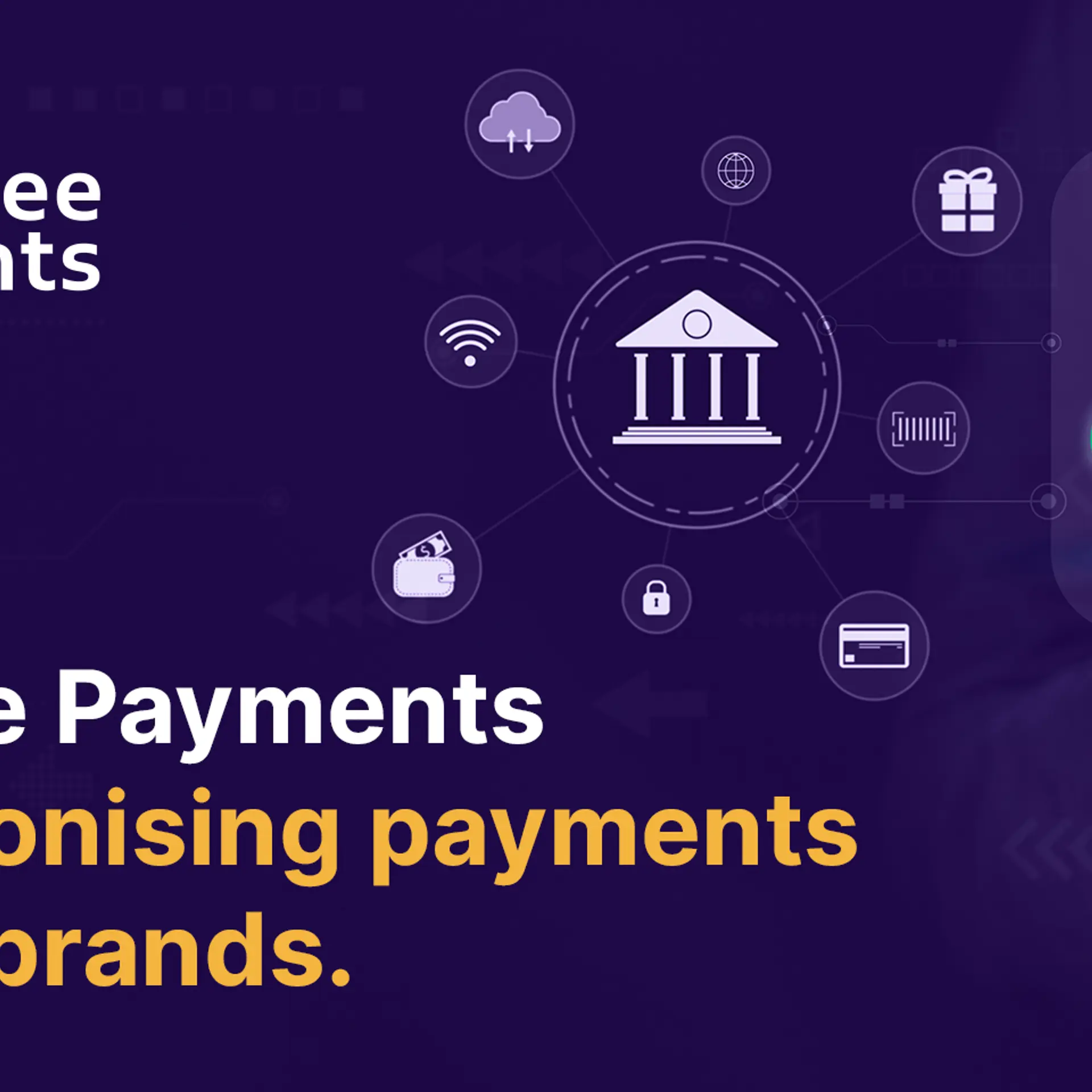How Zaggle grew its revenues 6x to Rs 650 crore in just a year
Zaggle pivoted from being a gift card provider to a digital payments, cashback and analytics company, and is helping companies and retailers score big on customer loyalty.
Building customer loyalty isn’t easy, but it’s what every organisation sees as the measure of success. This success is what Zaggle, founded in 2011, is helping corporates and companies achieve by winning over and retaining customers.
Mumbai-based Zaggle, which calls itself an award-winning “digital payments, cashback and analytics company”, helps companies and retailers with gifts and experiences across multiple channels - employee rewards and recognition, employee benefits, channel partner incentives, online shopping cashbacks, and restaurant cashbacks.
Zaggle offers a complete solution set for companies with its platform on which merchants and consumers can seamlessly interact, creating value for both parties.
Avinash Godkhindi, CEO of Zaggle, says, “We manage the entire corporate programme. The card is linked to the mobile app. Corporates can also manage spending and loyalty programmes.”

Zaggle wants to help businesses, which spend billions each year for non-cash loyalty incentives, through technology. It says its platform allows all parties – corporates, retailers, and employees – to scale up loyalty. It manages loyalty programmes for more than 2,500 corporate clients, 6,500 merchant relationships, and over 6 lakhs gift cards. Its customer list includes Axis Bank, WNS Global, and Edelweiss Tokio Life Insurance. The Zaggle app has been downloaded by 250,000 individuals.
The critical pivot
Zaggle was slowly growing at Rs 28 crore in FY2015, as per data provided by the registrar of companies. The pivotal moment was in 2015 when it began to focus on technology instead of being a gift card company. It was an important pivot because distribution was getting commoditised.
“We began to realise that corporates and merchants were looking at loyalty in a broken manner. We moved our entire card distribution and enablement to technology,” Arvind says.
Since then, the company hasn’t looked back.
Zaggle, which reported revenues of Rs 33 crore and Rs 83 crore in 2016 and 2017, respectively, shot up to Rs 631 crore in revenues in 2018.
The company is yet to break even; its losses were Rs 8 crore in 2017 and have since doubled. But Zaggle feels it is natural to burn cash since it is expanding, and therefore burning money on signing up corporate and merchants.
Top-line growth over the last one year has increased because Zaggle has large corporate deals in expense management. For example, a large corporate could give it a few crores to manage all expenses of clients. This number gets billed as revenues. In the end, a small percentage of this could be the operating margins of Zaggle.
Loyalty points are accumulated as liabilities on the company’s balance sheet. Every retailer and corporate have an agreement to share loyalty and apportion it to as liabilities; each loyalty can go from .10 paise to Re 1.
But Avinash is confident. “We are looking at operationally breaking even in 2020,” he says.
How did sales increase?
Merchant and customer acquisition: Zaggle told corporates that they could manage their prepaid cards instead of the corporate finance team managing it. They said they would track how employees spend with their merchant network, which in turn would have redemption offers for corporate employees. The company added more than 1,200 corporates and 5,000 merchants in FY2017-18 – this was the game-changer. It made Zaggle a product company and not a go-between card distributor who would earlier take a small value of the transaction from the merchant partner. This was crucial to scale.
Building the tech: The tech was critical, and Arvind focused on engineering and creating work flows for corporate expense management. Zaggle quickly built an app that could help employees find merchants on the app to redeem deals with their corporate cards.
Connecting the ecosystem: A loyalty card is useless unless it has a network of deals that benefit the user. The card is like a debit card; only the money and spend is controlled by the corporate. Zaggle handles the entire loyalty point exchange between retailer, corporate, and employee. So if you shop or eat a restaurant, points are added in your name. Zaggle ensures that the retailer includes the loyalty points for the employee and follows up with the corporate to track the spend.
Zaggle was founded in 2011 as a gift card company and morphed into a technology provider in 2015. It was founded by Phani Raj, who continues to be the Chairman. Its holding company, eYantra, has raised $11.8 million so far; it has not raised any money since 2011.
The market scenario
Retailers value the loyalty business In India to be worth $2 billion, according to analysts from E&Y and KPMG. With corporate loyalty in the picture, the number could go well beyond $5 billion.
Zaggle competes with QwikCilver and Finly. Qwikcilver provides a tech platform for gift cards to merchants. It transacts close to $800 million and has revenues of more than Rs 300 crore. Finly is a startup that works with more than 50 customers.
Last year, Accenture, in a report, said investments in loyalty were booming across the world. More than 90 percent of companies currently employ some form of customer engagement or loyalty programme. In the US alone, loyalty programme memberships grew at a rate of 20 to 26.7 percent year on year. There are already 3.3 billion such memberships (29 per US household). In India, organised retail covers 200 million Indians. Shoppers Stop’s loyalty programme has more than 4 million members. Companies like Reliance Retail and Future Group also boast of 4 million plus loyal customers. According to E&Y, the retail industry in India is $650 billion in size and only 10 percent is organised (including ecommerce).
When Accenture spoke to more than 100 corporate company’s employees, it found that about 57 percent spend more on brands or providers to which they are loyal. That means 43 percent spend the same or less. And more than a third (36 percent) consider loyalty irrelevant to their spending.
Clearly, binging corporates and retailers/merchants on to the same platform is a large business opportunity in India.
Vikas Lacchwani, founder of MCaffeine, a brand that retails on Amazon, says: “Retailing is a vast opportunity and technology is changing the way businesses approach partnerships with merchants. Data helps both parties increase spending and loyalty.”
Zaggle seems set on the route to success.







